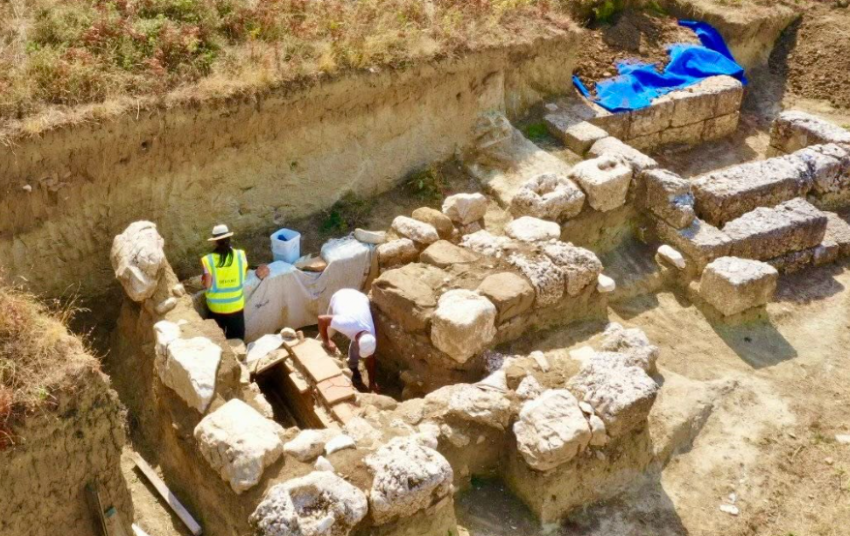Lake Ohrid: 5th anniversary as a UNESCO World Heritage treasure
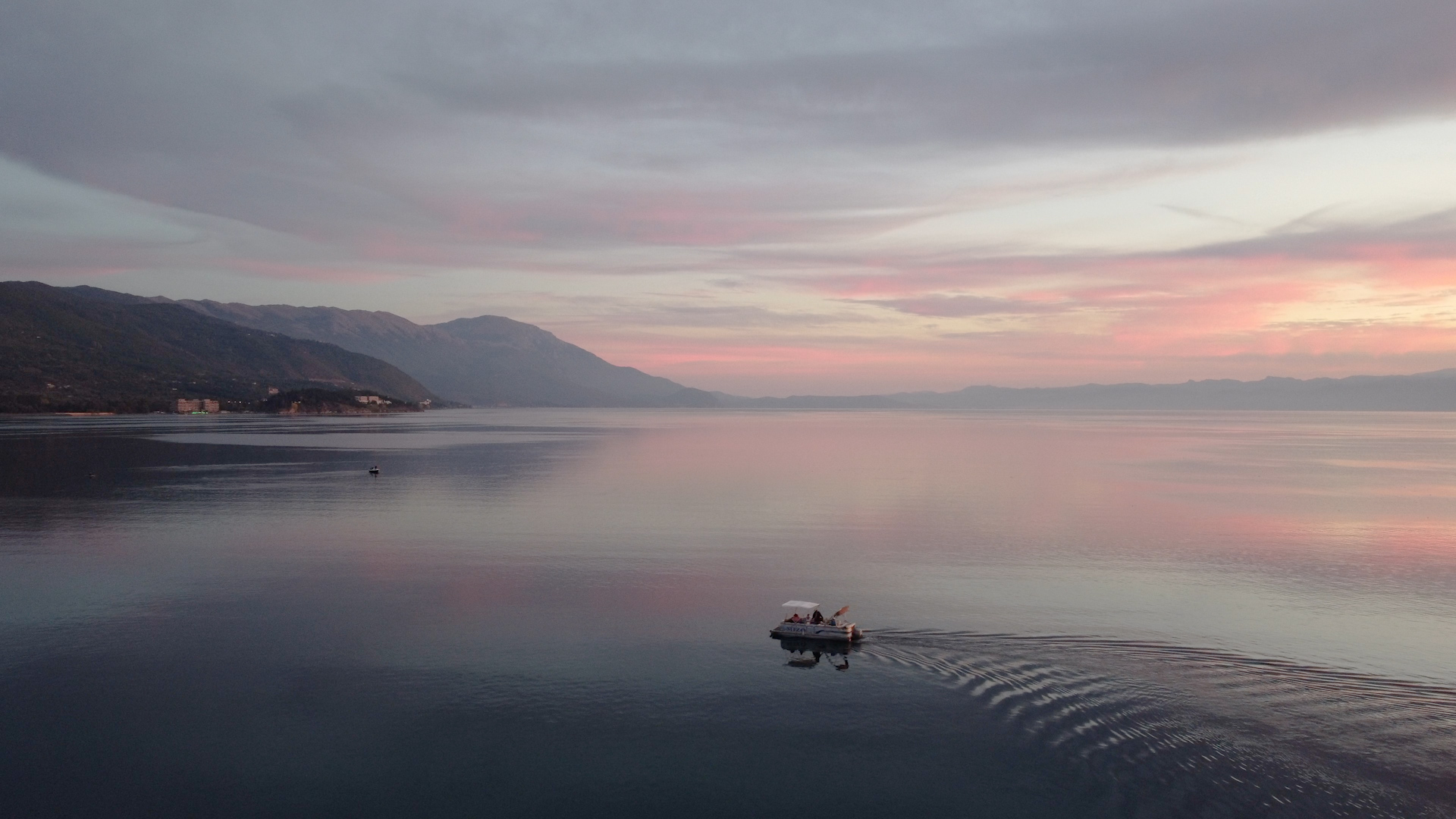
Lake Ohrid, shared by Albania and North Macedonia, celebrated its fifth anniversary as a UNESCO World Heritage Site in July 2019, underscoring its exceptional natural and cultural importance and commitment to preservation for future generations.
One of the world’s oldest and deepest lakes, Lake Ohrid offers a stunning panorama with its crystal-clear blue waters and the Mali i Thatë mountain (Dry Mountain) rising spectacularly from its shores. It attracts tens of thousands of tourists from the whole world who come to experience the panorama, but are also attracted by the lake’s rich and very rare flora and fauna. Lake Ohrid boasts a remarkable biodiversity with over 200 endemic species.
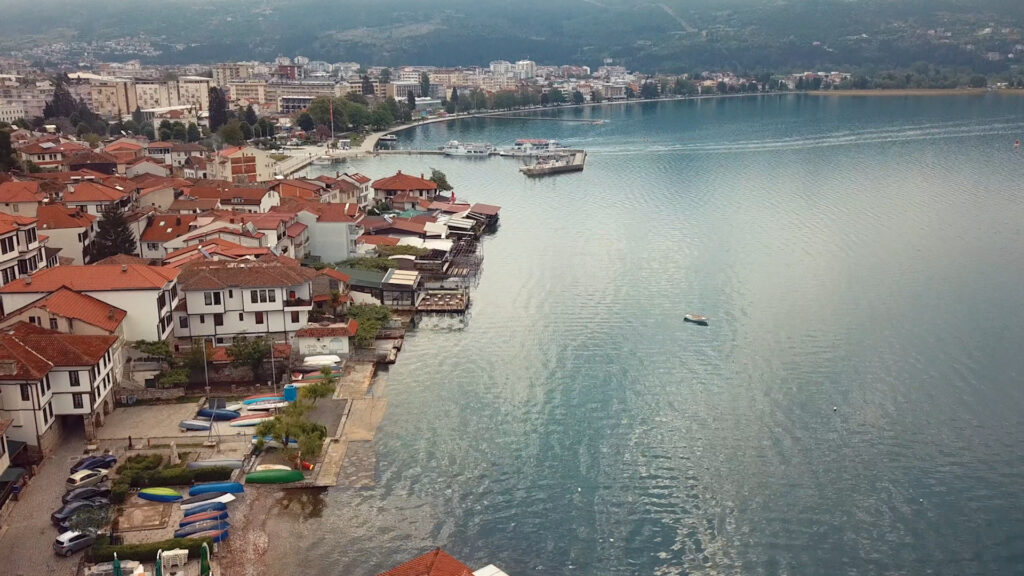

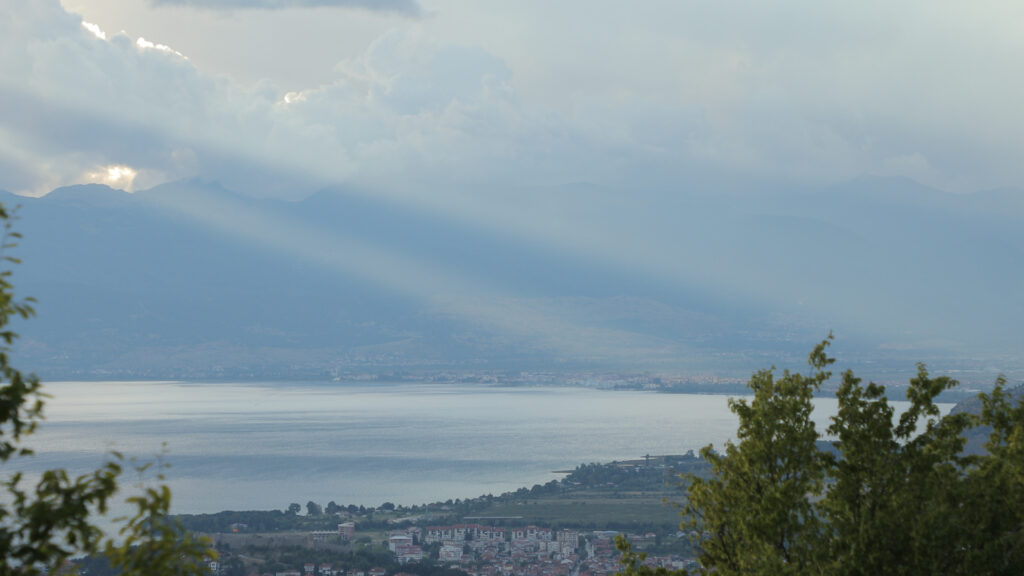
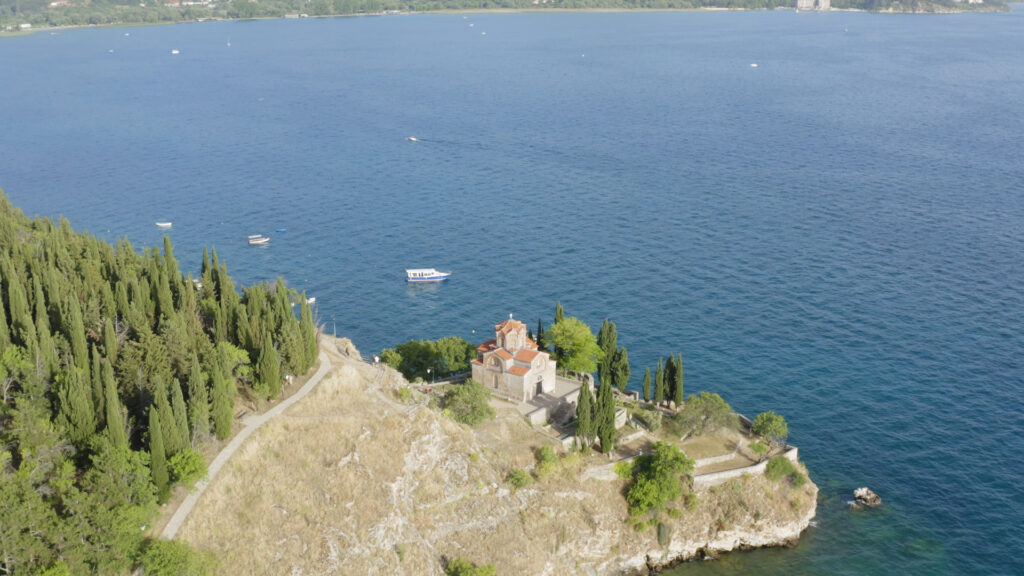
Since 1979, a segment of Lake Ohrid encompassing the shores of North Macedonia and Albania, including the Lin Peninsula and the coastal area reaching to the North Macedonian border, has been designated a World Heritage Site. This area is renowned for its prehistoric lakeside settlements, providing a glimpse into the earliest stages of human settlement in Europe. In 2019 the designation was extended to the entirety of the lake.
Archaeological excavations in Lin, a picturesque village near Pogradec, Albania, revealed an 8500-year-old “pile-dwelling” settlement. The site, meticulously studied over four years by archaeologists from Albania and the University of Bern, stands as Europe’s oldest known settlement of its king, offering valuable insights into early agricultural practices, craftsmanship, and fishing.
Located 20 km west of Pogradec, Lin village on Lake Ohrid remains a year-round attraction for tourists, both international visitors and locals alike, drawn by its historical significance and natural beauty.

